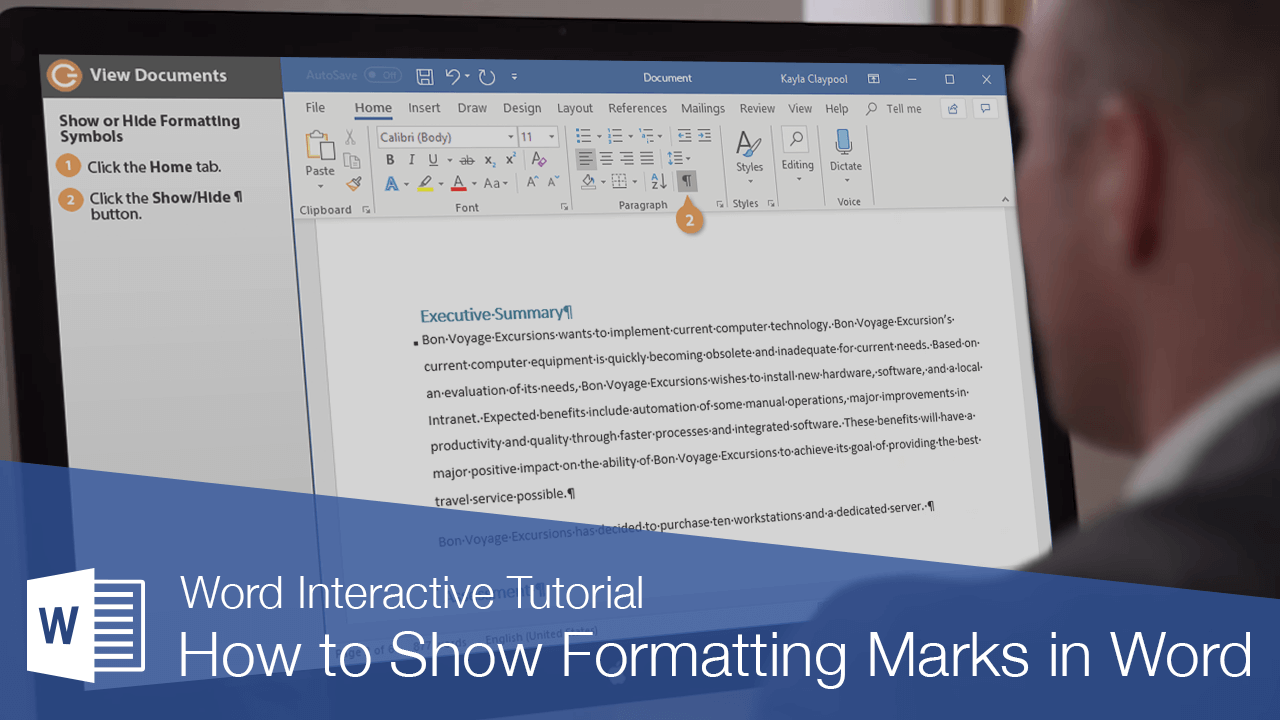

Though it is useful to see them in some situation, they don’t look good & you may want to get rid of paragraph symbol and other formatting characters in Word. from the menu, or navigate to Table > Table Properties.įrom the Table Properties dialog, select the Cell tab, then select Options.Īn example of truncation is shown in the following figure.Microsoft Word has a feature to show non-printing characters like paragraph mark (¶) in case you need it. Place the cursor in the cell in which you want the text truncated. To truncate the text within a table cell:
#List of word formatting marks pdf#
Note that table text truncation is supported for PDF and PPT outputs only. To truncate the text instead, use the table properties dialog. Note that the total width of the columns must add up to the total width of the table.īy default, if the text within a table cell does not fit within the cell, then the text is wrapped. Select the Next Column button to set the width of the next column. In the Table Properties dialog, select the Column tab.Įnable the Preferred width checkbox and then enter the width as a Percent or in Inches. Select a column and then select Table > Table Properties. Select the row(s) that you want to ensure do not break across a page.įrom the Row tab, deselect the check box Allow row to break across pages. To keep a row's contents together on one page: If you want to ensure that data within a row of a table is kept together on a page, you can set this as an option using Microsoft Word's Table Properties. Select the row(s) that you want to repeat on each page.įrom the Table menu, select Heading Rows Repeat.

If the data is displayed in a table and you expect the table to extend across multiple pages, then you can define the header rows that you want to repeat at the start of each page. This feature is not supported for RTF output. To highlight cells or rows of a table with a pattern or color:įrom the Table menu, select Table Properties.įrom the Table tab, select the Borders and Shading. Select the table that you want to format.Īt runtime, the table is formatted using your selection. To span both columns and rows in the template:Īlign the data within the merged cell as you would normally.īI Publisher recognizes the table autoformats available in Microsoft Word. This alignment is reflected in the final report output.

You can align any object in the template using the word processor's alignment tools. You can format text as hidden in Microsoft Word and the hidden text is maintained in RTF output reports. After the RTF report is generated, press F9 to reset the page numbers. Note that page numbering is not supported for HTML output and has limited support in RTF output. Select the Position, Alignment, and Format as desired.Īt runtime the page numbers are displayed as selected. For example, if you are using Microsoft Word:įrom the Insert menu, select Page Numbers. Insert page numbers into the final report by using the page numbering methods of the word processor. To avoid this single blank page, use BI Publisher's page break alias. Using this Microsoft Word native feature causes a single blank page to print at the end of the report output. Place the cursor just before the Supplier group's closing tag.Īt runtime each Supplier starts on a new page. For example if you want the template to start a new page for every Supplier in the Payables Invoice Register: (Not supported for HTML output) To insert a page break, press Ctrl+Enter right before the closing tag of a group.


 0 kommentar(er)
0 kommentar(er)
